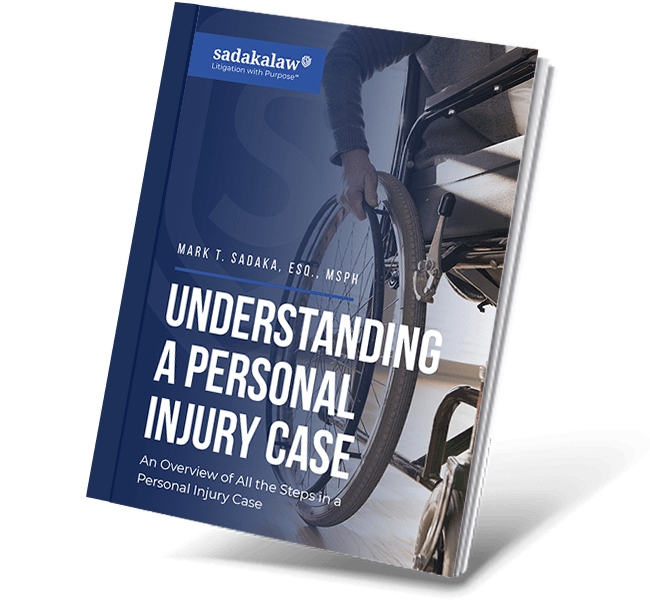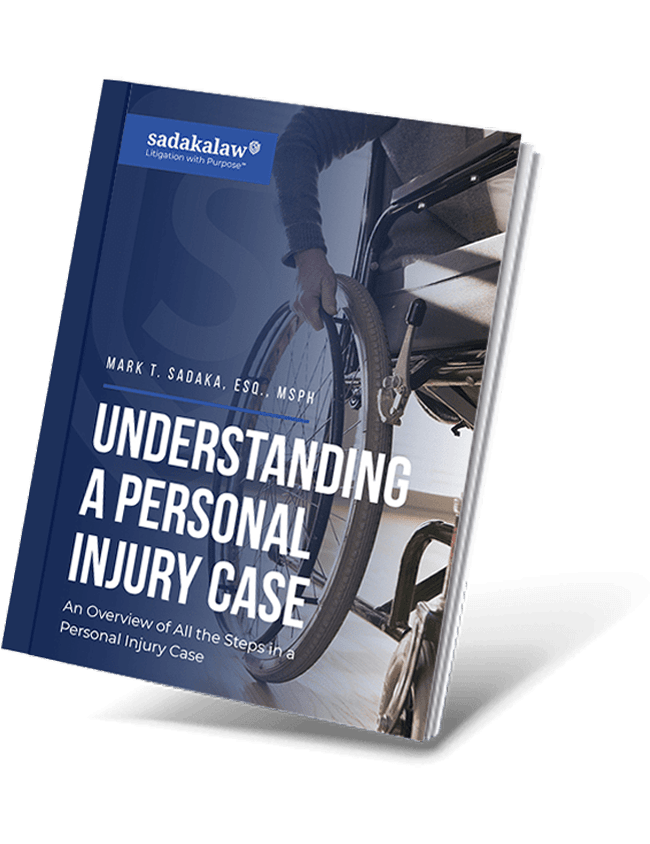No-fault is a type of insurance Though we spend our lives trying to avoid accidents, chances are you have either been involved in one or will be involved in one. Research shows that, on average, Americans are involved in four car accidents in their lifetime. Given the high likelihood of their occurrence, knowing what to do will go a long way in ensuring your legal rights are protected.
That being said, your course of action following an accident will depend on what type of accident it is. This post will take a closer look at no-fault accidents, defining what they are and how to tell if you have been involved in one.
What Is A No-Fault Accident?
A no-fault accident is a term used to refer to car accidents caused by uncontrollable events, such as a medical emergency or sudden traffic obstruction. With no-fault accidents, the drivers involved did not cause the accidents through their own avoidable actions.
How Can You Determine Fault?
While proving fault can be challenging, it can go a long way in determining whether you receive compensation or not. On top of that, it can also impact your auto insurance rates, with insurers known to increase rates for drivers found to be at least 50% at fault for the car accident in question.
Certain items will be used to determine fault:
Police Reports
In most car accidents, the police officer who arrives at the scene will determine who is at fault for the accident. They will survey the area, take statements, and use their knowledge and experience of car accident scene investigation to assign blame.
They will then create and file an official report that contains an analysis of the accident, including their opinion on who caused the accident.
State Laws
Knowing New Jersey’s or New York’s traffic laws can help you determine what type of accident you have been involved in and who the blame falls on. You can review state traffic laws by checking New York’s or New Jersey’s motor vehicle website, your local library, or local DMV.
Ultimately, a judge will be the one to determine who was at fault for the car accident. If your case does not make it to court, an arbitrator will be the one to assign responsibility.
In other cases, the insurance adjuster assigned to your claim will be the one to assign responsibility. They will review the police report, interview the involved parties, and assess photos of the damage. The adjuster will then work with your insurer to determine who is responsible for the accident.
The Role Negligence Plays in Determining No-Fault Accidents

In most cases, negligence will indicate the presence of fault. This means that if you are deemed negligent in the car accident, then you will be the one at fault.
The following are the three different types of negligence that exist.
Pure Contributory Negligence
In this type of negligence, you will only receive compensation if the court finds that you are entirely blameless for the accident. If the other motorist can prove that you played even a small role in causing the accident, then you would not be eligible for compensation.
Besides the District of Columbia, there are only four other states that adhere to pure contributory negligence. They are:
- Virginia
- Alabama
- North Carolina
- Maryland
In these states, it is rare to have no-fault accidents and, therefore, it is probably best to ensure that you have some Personal Injury Protection coverage (PIP) even though it is not mandatory.
Pure Comparative Negligence
With pure comparative negligence, the amount of compensation you receive will be based on the percentage of fault. For instance, let’s say you are involved in a car accident, and repairing the damage will cost you $1,000. If the court deems that you are 75% at fault, you could file a claim for 25% of the settlement from the other motorist’s insurance.
Twelve states adhere to this type of negligence. They include:
- New York
- Washington
- Louisiana
- Rhode Island
- Kentucky
- Florida
- California
- New Mexico
- Arizona
- Alaska
- Missouri
- Mississippi
Modified Comparative Negligence
While this type of negligence considers the proportion of a motorist’s fault for an accident, it usually sets a 50% or 51% threshold, depending on the state.
If you were involved in an accident and the court determines that you were 45% at fault for the accident, you can recoup 55% of the settlement. However, if the court finds that you were 55% at fault, you would not be entitled to any compensation.
Over 30 states apply modified comparative negligence, including the state of New Jersey.
What Happens in a No-Fault Accident?
Whenever two or more cars are involved in an accident, it can be challenging to determine which driver was responsible. However, determining fault is a crucial step because the motorist that caused the accident will be the one to pay for the expenses involved.
Different states have different ways of handling claims after an accident. Some states make proving fault and charging the responsible driver a necessity. Other states require motorists to carry additional coverage that would eliminate the need for determining fault.
Whatever happens after a no-fault accident will depend on the state you reside in and the laws they have in place.
Fault States
The states that have to assign fault are called tort states. In these states, responsibility has to be established, with the at-fault driver’s liability insurance paying for the other motorist’s repair expenses and medical costs.
The specific amount of compensation will vary from state to state and will also be influenced by the at-fault driver’s coverage limit.
No-Fault States
In no-fault states, the process of assigning fault is eliminated. Instead, the state requires all drivers to carry Personal Injury Protection insurance in addition to basic liability insurance. The PIP insurance will pay for the medical expenses regardless of who is at fault for the accident.
Currently, 12 states require drivers to have no-fault insurance. They include:
- New York
- New Jersey
- Utah
- Pennsylvania
- North Dakota
- Minnesota
- Massachusetts
- Michigan
- Kansas
- Kentucky
- Hawaii
- Florida
If you get involved in a no-fault accident, you can file a no-fault car insurance claim, especially if you reside in one of the above states that have no-fault insurance laws. The personal injury protection you have on your insurance policy will help you pay for all your medical expenses after getting into an accident, regardless of who caused it.
In such a case, the insurance provider will compensate you and your passengers for the cost of your injuries and even the loss of income.
While the no-fault car insurance will, unfortunately, not cover the damages to your vehicle, the good news is that you will still have the option of filing a separate claim to your collision insurance for the car damages.
The downside of PIP insurance is that it significantly increases the price of auto insurance and is one reason why paying for insurance in the above no-fault states is more costly than in tort states.
Will a No-Fault Accident Affect My Record?

Unfortunately, yes, even a no-fault accident will go on your driving record. For instance, let’s say another car rear-ends your vehicle, and your car’s entire back bumper falls off. You will need to file a claim with your insurance company to get reimbursed for the repairs.
By filing a claim and taking money from your insurance company, the accident will go on your record even though you were not at fault for the accident.
In most cases, car insurance claims will remain on your record for three to five years. However, this varies depending on the state you live in and the severity of the accident. For instance, while no-fault accidents might stay on your record for three years, hit-and-run and DUI accidents remain for much longer, usually eight and ten years, respectively.
Will a No-Fault Accident Make My Insurance Rates Go Up?
In most cases, a no-fault accident will not increase your insurance premiums. This is because the at-fault motorist’s insurance company will be the one responsible for compensating you for medical costs and vehicle repairs. Your rates will only go up if your insurance company gives you any money for the claim.
Your rates might also go up if you have a history of other claims or at-fault accidents. However, every insurance company will increase the rates differently. Some could increase the rate by up to 10%, while others will only increase it by 2%.
The good news is that certain states like California and Oklahoma legally prohibit your insurance company from increasing your rates following a no-fault claim.
Get Legal Help Today
Have you been involved in a car accident? Do you need legal help to determine fault and seek compensation? The Law Offices of Sadaka Associates are ready to help.
Our attorneys understand car accident cases and can offer you the representation you need to navigate through all the legal proceedings. Call us today at 1-800-810-3457 for your free, no-risk consultation.


